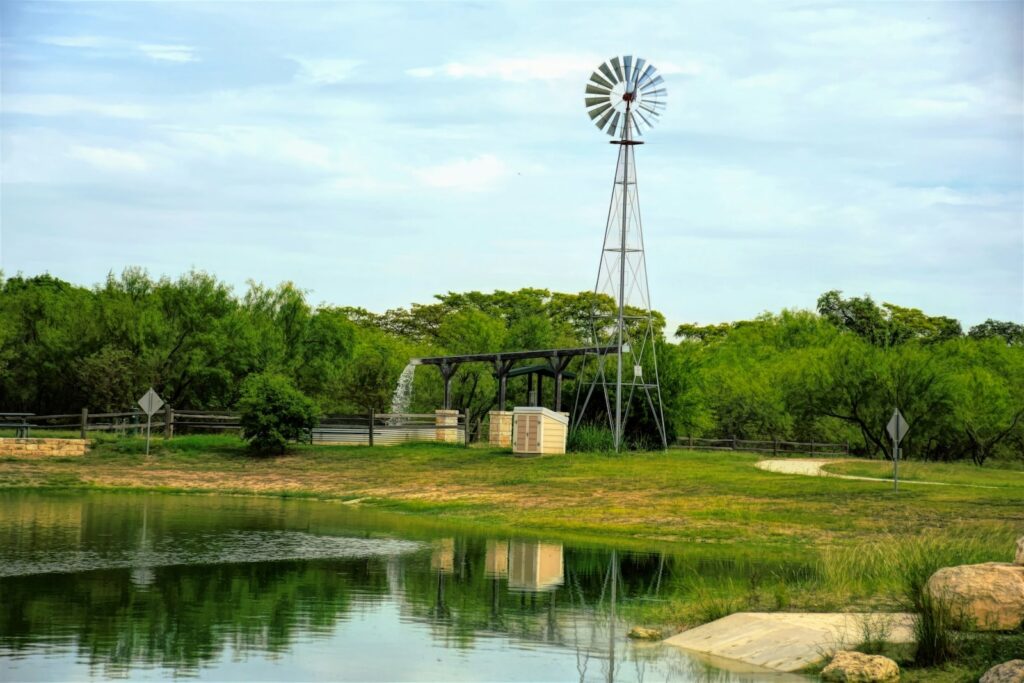Pond maintenance in Texas requires strategy, attention, and expertise, especially considering the unique climate and environmental conditions. Texas is tough, y’all! Understanding the best time for pond maintenance can help ensure your pond remains a thriving habitat for fish, plants, and other wildlife. In this blog, we’ll explore the ideal times of year for various pond maintenance tasks, seasonal pond maintenance tips, and a guide to keeping your pond in top condition year-round. It’s true that Texas is a tough environment, but Texans are also tough, resourceful, and innovative. That’s how we’ve helped keep our state flourishing year after year handling everything from historic droughts to record ice storms. Let’s dive into Texas pond care.
Spring: Preparing for Growth
Spring is one of the most critical times for pond maintenance in Texas. As temperatures begin to rise, fish become more active, as do the aquatic plants. This period is ideal for several key maintenance tasks:
- Check on your Fish: Early Spring is the perfect time for a fresh electrofishing survey. This is the best way to check on your fish and see what’s going on under the water.
- Maintain/Fill Fish Feeders: a pelleted fish feeding program is the most cost effective way to increase your bait production. Research has shown that feeding a high-protein pelleted fish food can increase production in a small lake by 800 percent or more. When using pelleted feed, it is important to be consistent with amounts and timing of applied feed for fish to maximize growth rates. Because of this, automatic fish feeders are generally preferred.
- Supplemental Fish Stocking: if survey results show that you need supplemental stocking, or if you just really want some new fish for the pond, Spring is a great time for additions.
- Nutrient mitigation: As the water warms up, nuisance vegetation can start to grow. Adding beneficial bacteria to your pond can also help break down organic matter and reduce the available phosphorus for problematic vegetation.
- Vegetation Control: When your lawn starts getting green, your pond is likely growing weeds as well. To avoid those summer weed headaches, its important to start treatments early in the growing season. Think of managing your pond like mowing your yard.
- A few more items To consider: Keep an eye out for signs of predators. Enhancing complex structure. Monitoring any fountains or aeration systems.
Summer: Managing Heat and Algae
Summer in Texas can feel like you’ve woken up in an incinerator. The heat poses specific challenges for us Texans and for our pond maintenance. The main focus during these months should be on managing water quality, vegetation, and keeping your fish healthy.
- Monitor Water Levels: Evaporation can significantly reduce water levels in the summer heat. If you have supplemental water, check and top off your pond to maintain optimal water levels, which helps prevent stress on fish.
- Algae and Weed Management: Summer is the peak season for vegetation growth. Continue to monitor and manage algae and other weeds using natural and chemical treatments, as needed.
- Aeration and Oxygen Levels: High temperatures can lower oxygen levels, especially at night. Subsurface and surface aerators can help prevent summer fish kills due to the heat/turnovers.

Fall: Preparing for Cooler Temperatures
Fall is a transitional period that offers another opportunity for thorough pond maintenance. As temperatures start to drop, it’s important to prepare your pond for the winter months:
- Adjust Fish Feeding: As the water cools, fish metabolism slows down. Keep an eye on feeding activity and water temps, adjust feeding times accordingly.
- Fall Survey Time: Fall electrofishing surveys are a great way to check on your fish before the winter and get some last minute harvest in if needed.
- Treat As Needed: If you still have any pesky emergent vegetation growing, Fall is an ideal time to treat before those plants go dormant. Algae and other species can still grow during this time as well.
Winter: Always Something that Can be Done
Winter is a quieter time for pond maintenance in Texas because most of the State experiences milder temperatures. However, some tasks are still essential to keep your pond healthy:
- Monitor Water Quality: Even though pond activity slows down, continue to check water quality periodically.
- Predator Management: Winter predators can pose massive threats to your catchable fish populations.
Conclusion: Year-Round Care for Optimal Pond Health
The best time to perform pond maintenance in Texas is ….well, year-round! There’s always something to attend to and help re-balance. By following these seasonal guidelines, you can ensure your pond remains a healthy, vibrant ecosystem throughout the year. Regular maintenance not only enhances the beauty of your pond but also supports the well-being of its aquatic inhabitants, adds real value to the property, and creates the kind of environment that the whole family enjoys generation by generation.
Ready to give your pond the care it deserves? Contact us for expert advice and professional pond maintenance services tailored to the unique conditions of your Texas pond.

Recent Comments